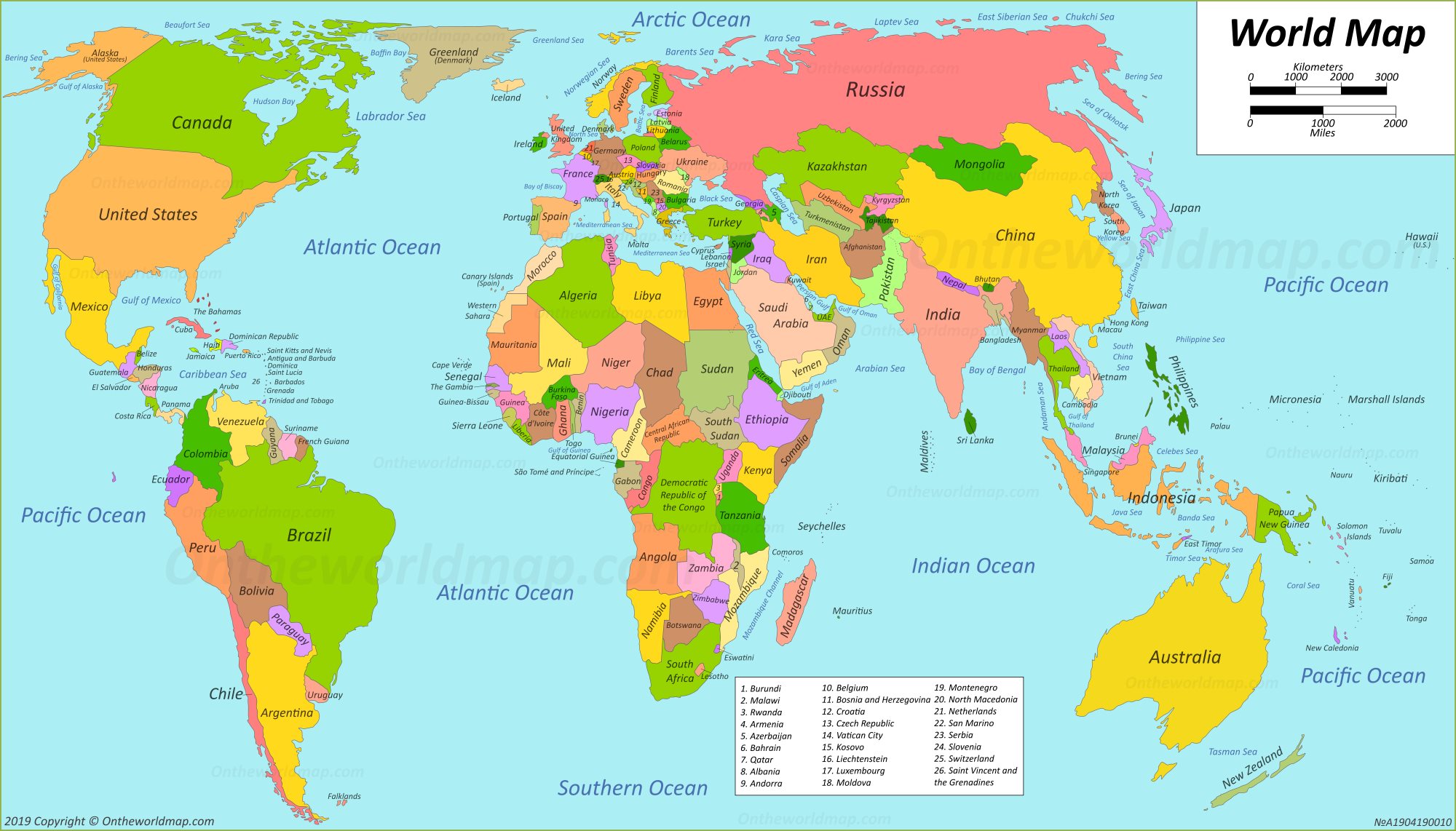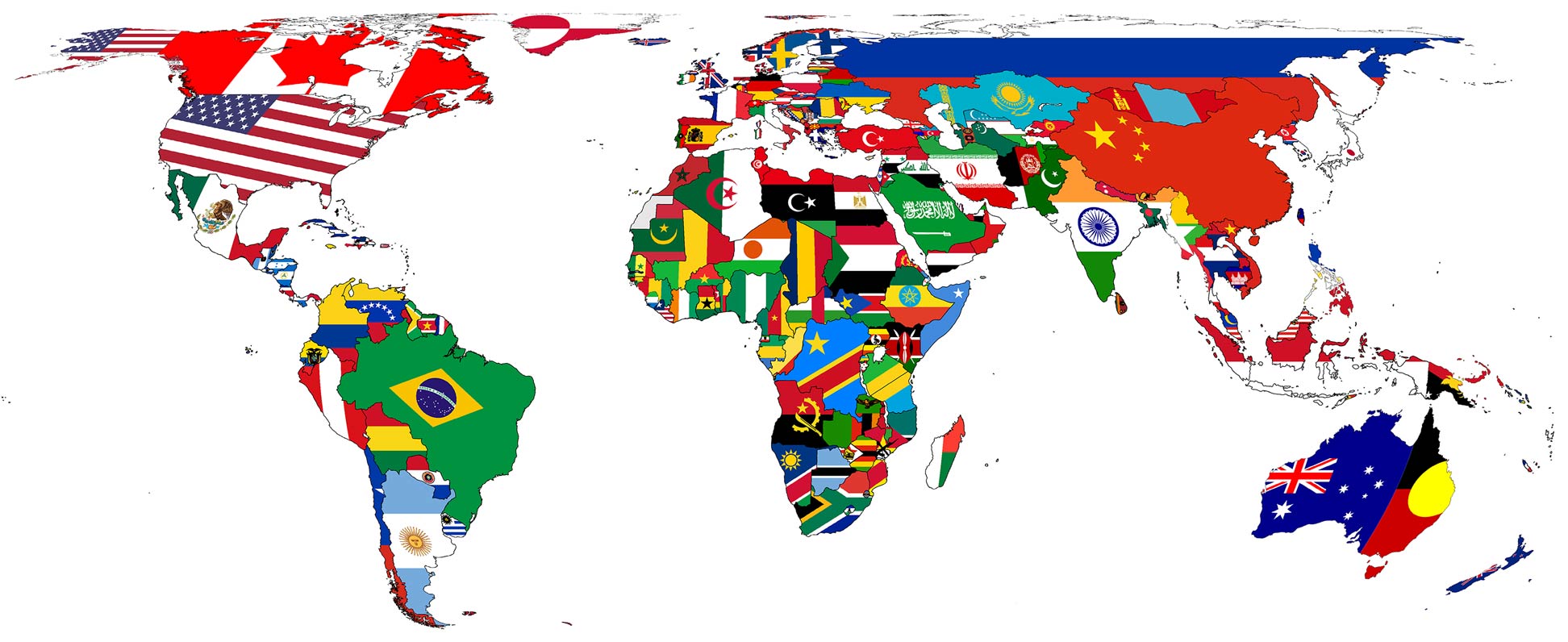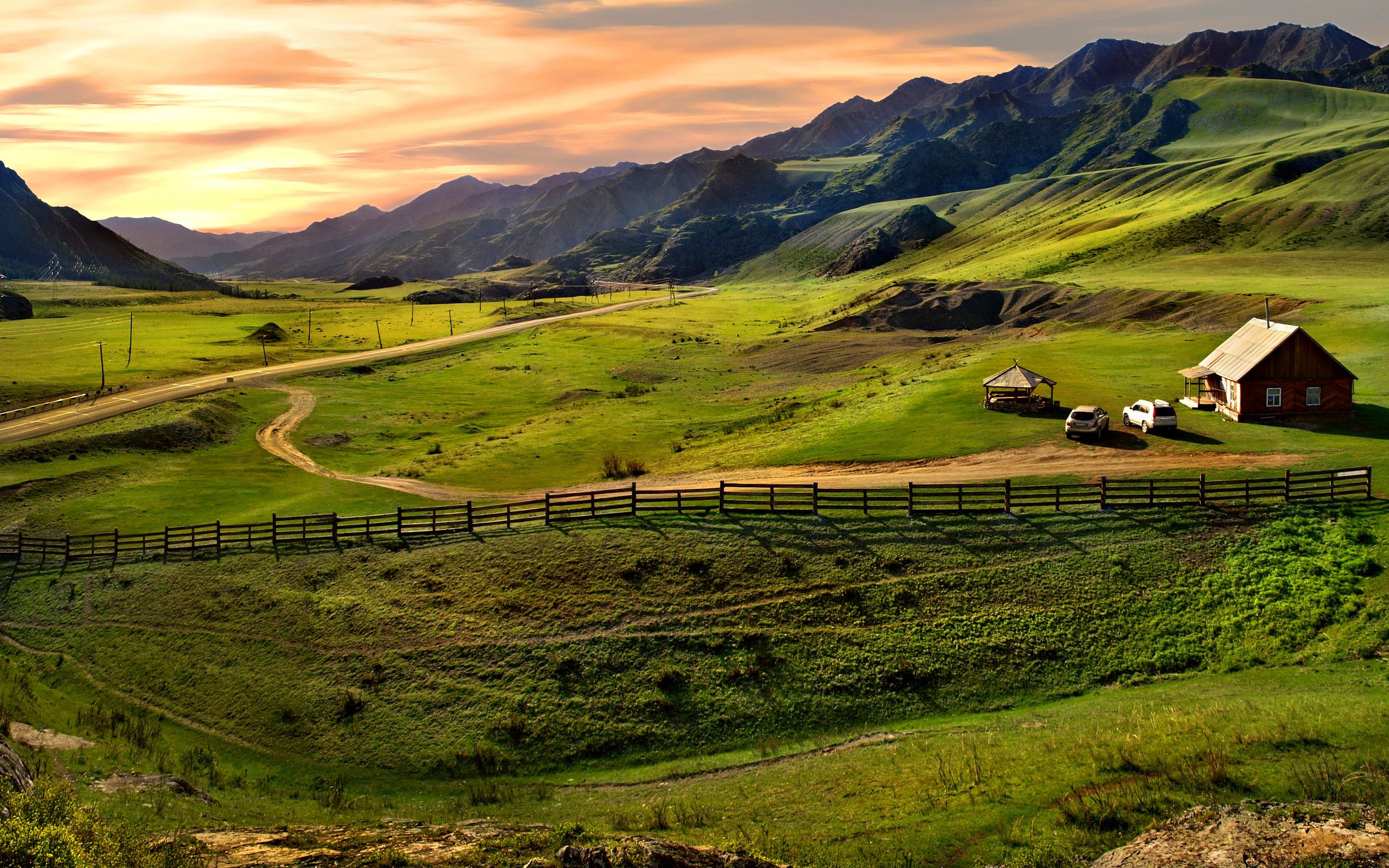Tehran's True Home: Unveiling The Nation Behind Iran's Capital
For anyone wondering "what country is Tehran located in," the straightforward answer is Iran. Tehran stands proudly as the bustling capital city of the Islamic Republic of Iran, a nation rich in history, culture, and geopolitical significance. This vibrant metropolis is not just the administrative heart of Iran but also its economic, cultural, and political epicentre, drawing millions of people to its sprawling urban landscape.
Understanding Tehran's location within Iran is crucial for grasping its role on both regional and global stages. From its ancient roots to its modern-day complexities, Tehran embodies the spirit of a nation that has profoundly influenced the course of human civilization. This article will delve into the precise geographical placement of Tehran, explore the broader context of Iran as a sovereign state, and provide a comprehensive overview for anyone seeking to understand this fascinating city and its homeland.
Table of Contents
- The Geographical Placement of Tehran
- Iran: A Sovereign State and Its Identity
- Tehran's Historical Tapestry Within Iran
- Tehran: Iran's Economic and Cultural Hub
- Navigating Information About Tehran and Iran
- Beyond the Capital: Understanding Iran's Diverse Landscape
- The Global Significance of Tehran and Iran
- Considering a Visit to Tehran, Iran?
The Geographical Placement of Tehran
Tehran is situated in the north-central part of Iran, nestled at the foot of the majestic Alborz mountain range. Its elevation varies significantly, ranging from about 1,100 meters (3,600 ft) in the south to 1,700 meters (5,600 ft) in the north, giving it a diverse topography. This unique positioning provides Tehran with a distinct climate, characterized by hot, dry summers and cold, snowy winters, a stark contrast to the often-perceived desert landscape of much of Iran. The city's proximity to the mountains not only offers breathtaking views but also influences its urban development and recreational activities, with popular ski resorts just a short drive away. The city itself is vast, sprawling across an area of approximately 730 square kilometers (280 sq mi), making it one of the largest cities in Western Asia. Its urban expanse continues to grow, encompassing numerous districts, each with its own character and history. Understanding that Tehran is located in Iran is the first step, but appreciating its internal geography, its relationship with the Alborz mountains, and its position relative to other major Iranian cities like Isfahan, Shiraz, and Mashhad, provides a richer context. This geographical reality shapes everything from its climate and transportation networks to its population distribution and architectural styles.Iran: A Sovereign State and Its Identity
To fully answer "what country is Tehran located in," we must understand Iran as a sovereign state. Iran, officially the Islamic Republic of Iran, is a nation in Western Asia, bordered by Armenia, Azerbaijan, Turkmenistan, Afghanistan, Pakistan, Turkey, and Iraq. It also has a coastline along the Caspian Sea to the north and the Persian Gulf and Gulf of Oman to the south. This strategic location has historically made Iran a crossroads of civilizations, trade routes, and cultural exchanges, contributing to its rich and complex identity. Iran's identity is deeply rooted in its ancient Persian heritage, predating the Islamic conquest, and its subsequent embrace of Shia Islam. This dual heritage has shaped its unique political system, cultural norms, and international relations. As a sovereign state, Iran exercises full control over its territory, governs its population, and engages in diplomatic relations with other nations. Its status as a recognized member of the United Nations further solidifies its position on the global stage, affirming its independence and self-determination. The concept of "sovereign state" is paramount here, distinguishing Iran from mere geographical regions or territories.Deconstructing 'Country,' 'State,' and 'Nation'
The English language, particularly, presents nuances when discussing geographical and political entities. While we often use "country," "state," and "nation" interchangeably, their precise meanings can differ, especially in international law and political discourse. The "Data Kalimat" highlights this perfectly: the term "country" often carries a very low implication of sovereignty. In international law, the term "sovereign state" or simply "State" (with a capital 'S') is used to denote an entity with defined territory, permanent population, government, and the capacity to enter into relations with other states. Consider the example of the United Kingdom, mentioned in the "Data Kalimat." The UK's official government websites describe it as being composed of four "countries" (England, Scotland, Wales, and Northern Ireland), yet it is referred to as one "country" in a broader sense, and more accurately, a "sovereign state." Former Prime Minister David Cameron's quote, "Four nations in one country," further illustrates this complexity: Scotland is a "nation" with a distinct cultural identity, while the UK is the overarching "country" or "state." In this context, Iran is unequivocally a "sovereign state" and a "country" in the fullest sense, with Tehran serving as the capital of this singular, unified entity. Unlike the UK, Iran does not comprise distinct "countries" within its borders in the same way; rather, it is divided into provinces, which are administrative subdivisions of a single sovereign state. This distinction is crucial for understanding Iran's geopolitical standing and internal structure. The "Data Kalimat" also touches on whether "country" can mean "region," noting that some brands list HK (Hong Kong) and TW (Taiwan) separately as "countries" in region selection menus, even though standard dictionaries might only define "country" as a nation. This ambiguity arises from commercial or political considerations rather than strict international law. In the context of "what country is Tehran located in," there is no such ambiguity: Tehran is firmly within the sovereign country of Iran, which is a universally recognized independent state.Tehran's Historical Tapestry Within Iran
While Tehran is the modern capital, its history within the broader Iranian narrative is relatively recent compared to ancient Persian capitals like Persepolis or Isfahan. Tehran's origins trace back to a small village in the 9th century, but it only began to gain prominence in the 18th century when it was chosen as the capital by Agha Mohammad Khan of the Qajar dynasty in 1786. This decision was largely strategic, owing to its position at the crossroads of major trade routes and its proximity to the Qajar's tribal lands. Since then, Tehran has undergone rapid transformation, particularly in the 20th century, with significant modernization efforts under the Pahlavi dynasty. These developments included the construction of wide avenues, government buildings, universities, and a modern infrastructure, shaping the city into the sprawling metropolis it is today. The Iranian Revolution of 1979, which led to the establishment of the Islamic Republic, further cemented Tehran's role as the political and ideological heart of the nation. The city's architecture, museums, and historical sites, such as the Golestan Palace and the National Museum of Iran, offer tangible links to this rich and complex past, showcasing the evolution of Iran and its capital through various dynasties and political shifts. Understanding this historical trajectory helps to appreciate why Tehran is located in Iran and how it became the focal point of the nation's identity and governance.Tehran: Iran's Economic and Cultural Hub
Tehran's significance extends far beyond its political role; it is the undisputed economic and cultural powerhouse of Iran. The city hosts the headquarters of most of Iran's major industries, including manufacturing, finance, and services. The Tehran Stock Exchange is the largest in the Middle East, reflecting the city's central role in the national economy. Its vast market, diverse workforce, and extensive infrastructure make it the primary engine of Iran's economic activity, attracting internal migration from across the country seeking opportunities. Culturally, Tehran is a melting pot of Iranian traditions and modern influences. It is home to numerous universities, including the prestigious University of Tehran, making it the country's leading center for education and research. The city boasts a vibrant arts scene, with countless museums, art galleries, theaters, and music venues. The National Museum of Iran, the Carpet Museum of Iran, and the Contemporary Art Museum are just a few examples of institutions preserving and showcasing Iran's rich artistic and historical heritage. The city's diverse population, drawn from all corners of Iran, contributes to its dynamic cultural landscape, where ancient Persian traditions blend with contemporary urban life. This fusion is evident in everything from its cuisine and fashion to its festivals and daily routines, making Tehran a true reflection of the diverse cultural fabric of Iran.Navigating Information About Tehran and Iran
In an age of abundant information, discerning accurate and reliable data about places like Tehran and Iran is paramount, especially given their geopolitical significance. Whether you're planning a trip, conducting research, or simply curious, knowing where to find trustworthy information is key. The principles of E-E-A-T (Expertise, Authoritativeness, Trustworthiness) and YMYL (Your Money or Your Life) are particularly relevant when dealing with geographical, political, or economic information that could impact decisions or understanding. Official government websites, reputable academic institutions, and established international organizations are generally the most reliable sources. For instance, to confirm that Tehran is located in Iran, one would consult official Iranian government portals, UN records, or well-regarded encyclopedias. Be wary of unverified social media accounts or blogs that do not cite their sources. The complexity of international relations and regional nuances necessitates a critical approach to information consumption.Understanding International Address Formats
A practical aspect of knowing "what country is Tehran located in" is understanding how to communicate its location, especially for mail or navigation. The "Data Kalimat" provides a useful tip: "Chinese address order is from large to small, e.g., X Country X Province X City X District X Road X Number; while English address order is exactly the opposite, from small to large." This principle applies broadly to international addresses. For an address in Tehran, Iran, you would typically write it in reverse order of the local custom, starting with the specific building or apartment number, followed by the street name, district, city (Tehran), postal code, and finally, the country (Iran). For example:- Unit 10, No. 25, Azadi Street
- District 2
- Tehran 14179
- Iran
Identifying Reliable Sources for Geographical Data
When researching any location, including Tehran, the reliability of your sources directly impacts the accuracy of your understanding. The "Data Kalimat" mentions how difficult it can be to find publication locations for books and suggests using ISBNs to find publishing information. This principle extends to all forms of data: seeking out authoritative sources. For geographical and political information, this means:- Official Government Websites: For country-specific data, the official websites of the Iranian government, its ministries, or statistical centers are primary sources.
- International Organizations: The United Nations, World Bank, and other international bodies publish extensive data on countries worldwide.
- Academic Institutions and Research Centers: Universities and think tanks specializing in Middle Eastern studies or geopolitics often provide in-depth, peer-reviewed analysis.
- Reputable News Organizations: Established news outlets with a track record of factual reporting and dedicated foreign correspondents can offer current events context.
- Authoritative Encyclopedias and Atlases: Publications like the Britannica or National Geographic provide well-researched geographical and cultural information.
Beyond the Capital: Understanding Iran's Diverse Landscape
While Tehran is the heart of Iran, the country itself is incredibly diverse, both geographically and culturally. From the arid deserts of the central plateau to the lush forests of the Caspian coast and the snow-capped peaks of the Zagros Mountains, Iran offers a wide array of landscapes. This geographical diversity contributes to distinct regional cultures, cuisines, and even languages spoken across the country. Beyond Tehran, other major cities like Isfahan, Shiraz, Tabriz, and Mashhad each boast their own unique historical significance, architectural marvels, and cultural identities. Isfahan is renowned for its stunning Islamic architecture and historical bridges, Shiraz for its poetry and gardens, Tabriz for its historical bazaar and Azerbaijani culture, and Mashhad as a major pilgrimage site. Understanding that Tehran is located in Iran means appreciating that it is part of a larger, multifaceted nation, where each region contributes to the rich tapestry of Iranian identity. This regional diversity is a hallmark of many large countries, much like how different states or regions within the United States, such as the "triangle" of universities in North Carolina (Duke, UNC, NC State) mentioned in the "Data Kalimat," contribute unique characteristics to the national fabric. These regional specificities, whether cultural, economic, or educational, paint a fuller picture of a nation beyond its capital.The Global Significance of Tehran and Iran
Tehran, as the capital of Iran, plays a pivotal role in regional and international affairs. Iran's strategic location, vast energy resources, and unique political system give it significant geopolitical weight. Decisions made in Tehran often have ripple effects across the Middle East and beyond, influencing global energy markets, security dynamics, and diplomatic relations. Iran's rich history and cultural heritage also contribute to its global significance. Persian art, literature, and philosophy have profoundly influenced world civilization for millennia. Today, Tehran serves as the nexus for Iran's engagement with the world, whether through diplomacy, trade, or cultural exchange. Understanding "what country is Tehran located in" is therefore not just a geographical inquiry but an entry point into comprehending a nation that is a key player in the complex dynamics of the 21st century. Its interactions with other global powers, its regional policies, and its internal developments are closely watched by the international community, underscoring its importance on the global stage.Considering a Visit to Tehran, Iran?
For those intrigued by the question "what country is Tehran located in" and now considering a visit, Tehran offers a captivating experience. The city provides a unique blend of ancient history and modern urban life. Visitors can explore grand palaces, vibrant bazaars, contemporary art galleries, and serene parks. The hospitality of the Iranian people is legendary, and the cuisine is a delightful journey for the senses. However, it's crucial to be well-informed before planning a trip. Travelers should consult their respective government's travel advisories, understand visa requirements, and familiarize themselves with local customs and laws. While Tehran is a fascinating destination, being prepared and respectful of the local culture will ensure a safe and enriching experience. Exploring Tehran means immersing oneself in the heart of Iran, a country that continues to intrigue and inspire. We encourage you to delve deeper into the wonders of this ancient land and its vibrant capital.We hope this comprehensive guide has clarified not only that Tehran is located in Iran but also provided a deeper understanding of the city and its nation. Do you have any further questions about Tehran or Iran? Share your thoughts and inquiries in the comments below, or explore our other articles for more insights into global destinations and their unique stories!

World Maps | Maps of all countries, cities and regions of The World

A-Z list of Countries and Regions in the World :: Nations Online Project

Playing in the Country – I Remember JFK: A Baby Boomer's Pleasant